Alien Fire (1987) #1-3,
Alien Fire: Pass in Thunder (1995) by Anthony F. Smith and Eric Vincent
I had the first three of these comics as a teenager, and I remember really liking them. The only thing I can remember of them now, though, is that they had a kinda elegiac mood going on… and that the story wasn’t finished. So let’s read the comics.
So we start with a couple of quotes from Jack Kerouac and Ambrose Bierce, as one does, and then mysterious post-apocalyptic images, including a schlubby guy with schlubby nerdy 70s glasses and hairdo….
And then it’s all about growing up on a farm and being helped by… er… somebody? This isn’t what I (didn’t) remember!
Tee hee. It was just a fake out — it turns out the people helping those farmers on Earth were these lemur like people, and they apparently fighting off… dinosaur… pirates or something.
I’m totally on board, even if the cutesy lettering and spelling to indicate various species is tiresome.
The artwork, by late-era underground artist Eric Vincent looks quite pleasing — it’s got that vibe where all these different creatures look quite natural inhabiting the same space.
I think this is supposed to be a meet cute — it turns out that the bespectacled nerd and the tattooed woman are the only humans in space (or something). But man, does it make the nerdy guy look like a creep? Or what? First stare at her crotch, then her boobs, and finally her face.
It turns out that American 50s pop culture memorabilia is all the rage all over the universe, because… er… because… a plastic statuette of Popeye is intrinsically interesting and… er… uhm…
Or could it be because this is the thinnest layered Mary Sue thing in the history of comics? Could Anthony F. Smith be a man from the US, in the same general age range as this nerd, and be a nerd himself that’s really into 50s US pop culture memorabilia?
I’m asking because I have absolutely no idea. Googling him doesn’t turn up anything much.
But at least they poke fun at the schlub. (On the other hand, perhaps this is supposed to be poignant.)
Things get a lot more interesting and weird in the second issue — it turns out that an alien hive species had visited Earth and stolen a gumball machine. This turned out be the most exciting thing this species had ever seen, and just coming into contact with it warped their minds and made them into freewheeling individuals. Who must then be stamped out, which the queen does: She has them all killed.
Except for one worker that escapes, and then she wants to eradicate Earth because of the gumball machine’s pernicious influence, and it ties up with the crew of the nerd and.
What I’m saying is is that this is quite entertaining. It’s got loopy, funny ideas, and uses them as serious plot points, and wraps it all up in a 50s Ray Bradbury tone of storytelling — a bit ponderous, very sentimental, but interesting.
Nerd guy drinks some alien ayahuasca and goes on a spirit trip, as one does.
But, man, the verbiage… They spend so much time on the (totally trivial and uninteresting) backstory of the nerd that the plot doesn’t move forward much. I feel like they had already started losing interest in the series by the third issue?
But they keep introducing new and interesting characters…
There hadn’t really been anything contextualising the story in the first two issues — it had been nothing but story pages. But in the third and final issue, we get the first “next issue…” blurb, which was the traditional way in 80s indie comics to announce that the series had been cancelled.
This highly praised science fiction comic came out of the chute strong (#1 sold over 30,000 copies) and showed tremendous promise, but the complex plot, bizarre array of aliens and relative dearth of humans evidently proved too challenging to the average comics buyer. Sales on Alien Fire dropped precipitously and the series was cancelled by publisher Kitchen Sink Press after the 3rd issue when Vincent had to chose between finishing the 12-issue series or retaining a girlfriend who wanted to eat and pay the landlord.
It’s also possible that the Black And White Bust just decimated the series along with basically everything else.
So almost a decade later we get this book. I think it’s the first book in this blog series from the era after Kitchen Sink “bought” Tundra?
We get an introduction that extols the schlubby point-of-view character…
… but then it turns out that the rest of the book doesn’t really have anything much to do with what went on in the first three issues. It’s a prequel, and the story is about that 50s car, and how the nerd came to sell it. It’s a very oddly structured story — I like not knowing where things are going, but it felt abstruse at points.
But it’s traditional in other ways. And as there’s a death in the car, I though “I betcha there’s gonna be a birth in the car later” and sure enough: The story ends with an alien frog queen giving birth to a prince in the car.
It’s the circle of life.
But again, I guess this means that they really did lose interest in the storyline about the hive destroying Earth because of the gumball machine, because here’s a 64 page book where they could have done something with that story, and they didn’t.
We also get a reprint of an Alien Fire story printed a couple years before.
There’s a huge article about Alien Fire in Amazing Heroes #121, page 25:
Ed is more than just the sole
human aboard the Wooden Bird.
He is also one of the few humans
that figure in the outer space
sequences of the book. To some
extent, that is a key raison d’etre
of Alien Fire. “One of the intrigu-
ing things about aliens is that they
are.. .alien.” Anthony said,
tongue firmly implanted in cheek.
Actually, Ed in the book, in point
of fact, is the real alien character.
Here in outer space everyone has
their hor;nes, cultures and fellow
members of their species still ac-
cessible. Ed is very alone. “We’ve
taken the one human character and
stuck him in a bunch of alien situa-
tions with a bunch of people that
he cah’t relate to. That feeling of
confusion, that feeling of loss, that
feeling of.. .alienation is intend-
ed to be there,” Anthony said. We
see and experience much through
Ed’s perspective; the story in
effect, mirrors Ed’s confusion.
Anthony speculated, “I’m afraid
readers are going to assume it
indicates a lack of control in the
storytelling, when in fact we’re do-
ing exactly what we intend.”
The first issue ends with Ed, as
he has many times before, retir-
ing to one of the ships’s holds and
dancing to old Fifties Earth music
and drinking himself into stupor.
The song is “Jailhouse Rock,”
which isneant to be kind of an
ironic reference…when he says,
“Earth’s national anthem,” refer-
ing to its pariah status.
“Our story, in a large part, deals
with loneliness and suffering,
what it is and how it tempers the
soul, what it does to the individual
in making him mature.”
The Comics Journal #117, page 60:
Alkn Fire is still in an embryonic Stage,
but it’s shaping up as a memorable
achievement in science fiction storytelling
in comics. Artist Eric Vincent, whose
work has appeared in a variety of alter-
native comics, has toiled for the past
several years without much recognition.
And Anthony F. Smith, who collaborates
with Vincent in writing Alien Fire, has
had an active hand in a number of pub-
lishing ventures, including Paper Cuts.
Working together, they have created a
complex, futuristic epic that is both
absorbing and intelligent. I base these
comments on the first two issues, and I
eagerly await subsequent installments.[…]
I predict Alien Fire will garner Vin-
cent and Smith a following. Kitchen Sink
again warrants praise for supporting a new
title that aims to bring a new intelligence
and level of sophistication to science fic-
tion in comics.
Chester Brown is interviewed in The Comics Journal #135, page 92:
GRAMMEL: boking through your issues, at one point
you said this was a good time to support the black-and-
whites, and you mentioned Alien Fire. Did it scare you
that a book that good could die ? I don ‘t know about you,
but I thought Alien Fire was very, very impressive.
BROWN: Yeah, I agree. [Pause] Yeah, it was scary,
because Alien Fire wasn’t the only comic book that was
doing poorly at the time. Everything was. All the black-
and-whites were suffering. And, yeah, it was very
worrying.
GRAMMEL: I had said, ‘ ‘so what?” to most Ofthe Com-
ics that had ended because Of the glut, but I was amazed
that Alien Fire didn ‘t continue. ‘found the second issue
to be one of the most moving comics I’ve ever read.
BROWN: I know. Wasn’t it great?
This is the eighty-seventh post in the Entire Kitchen Sink blog series.
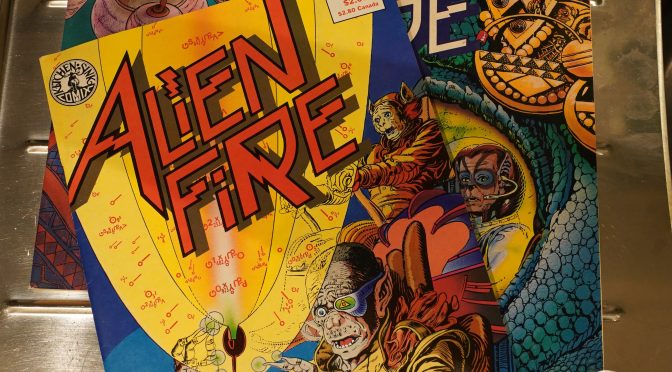
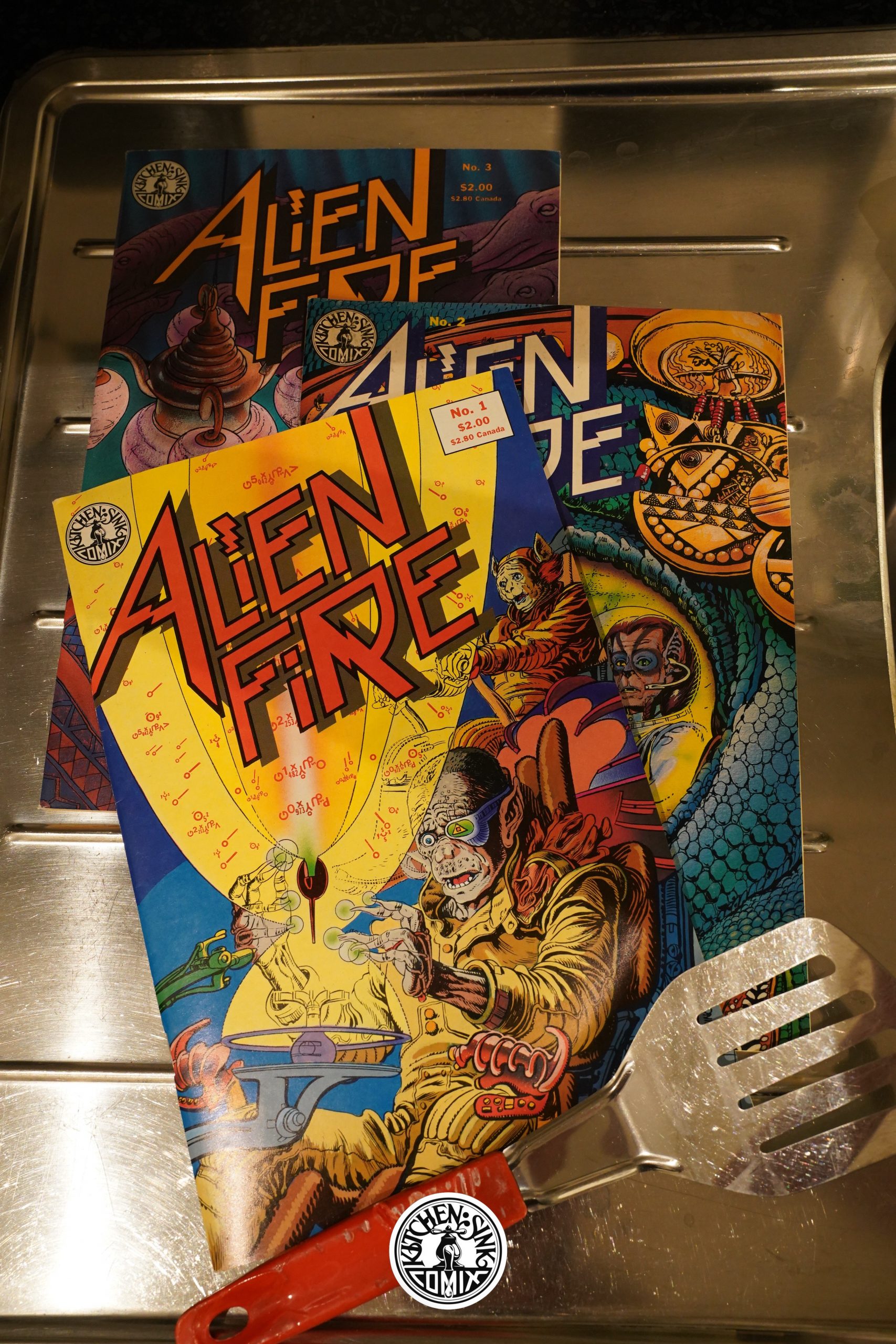

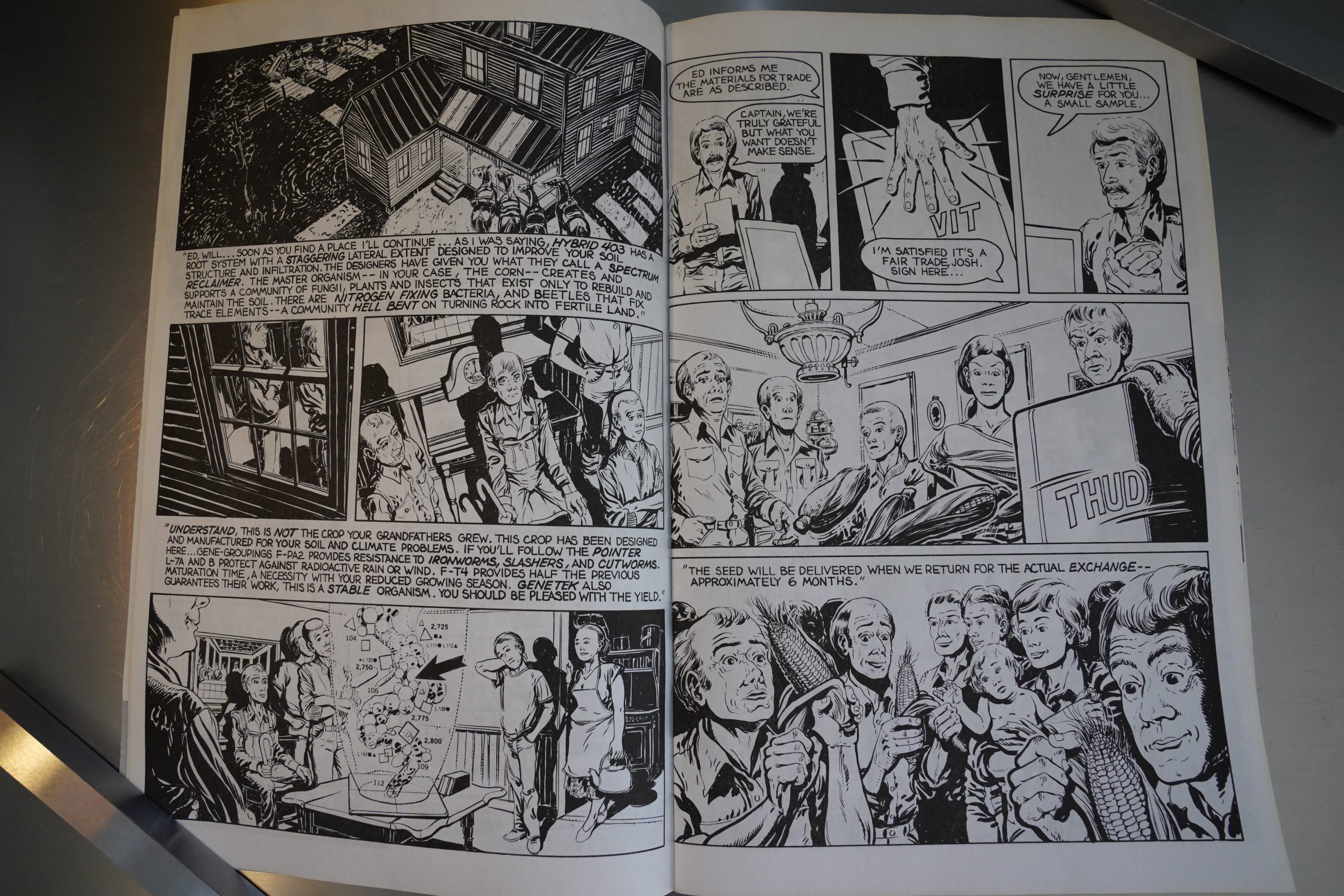
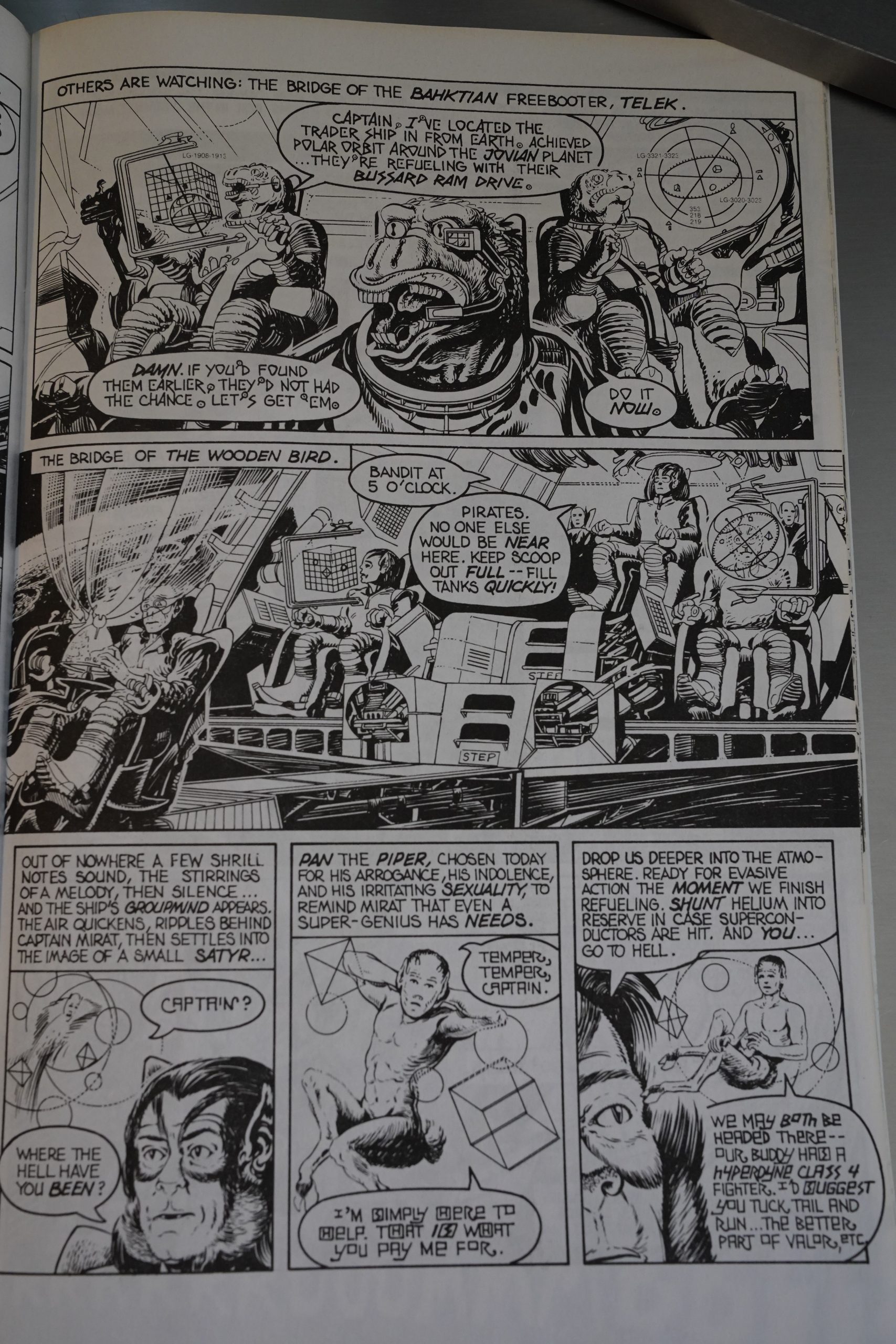

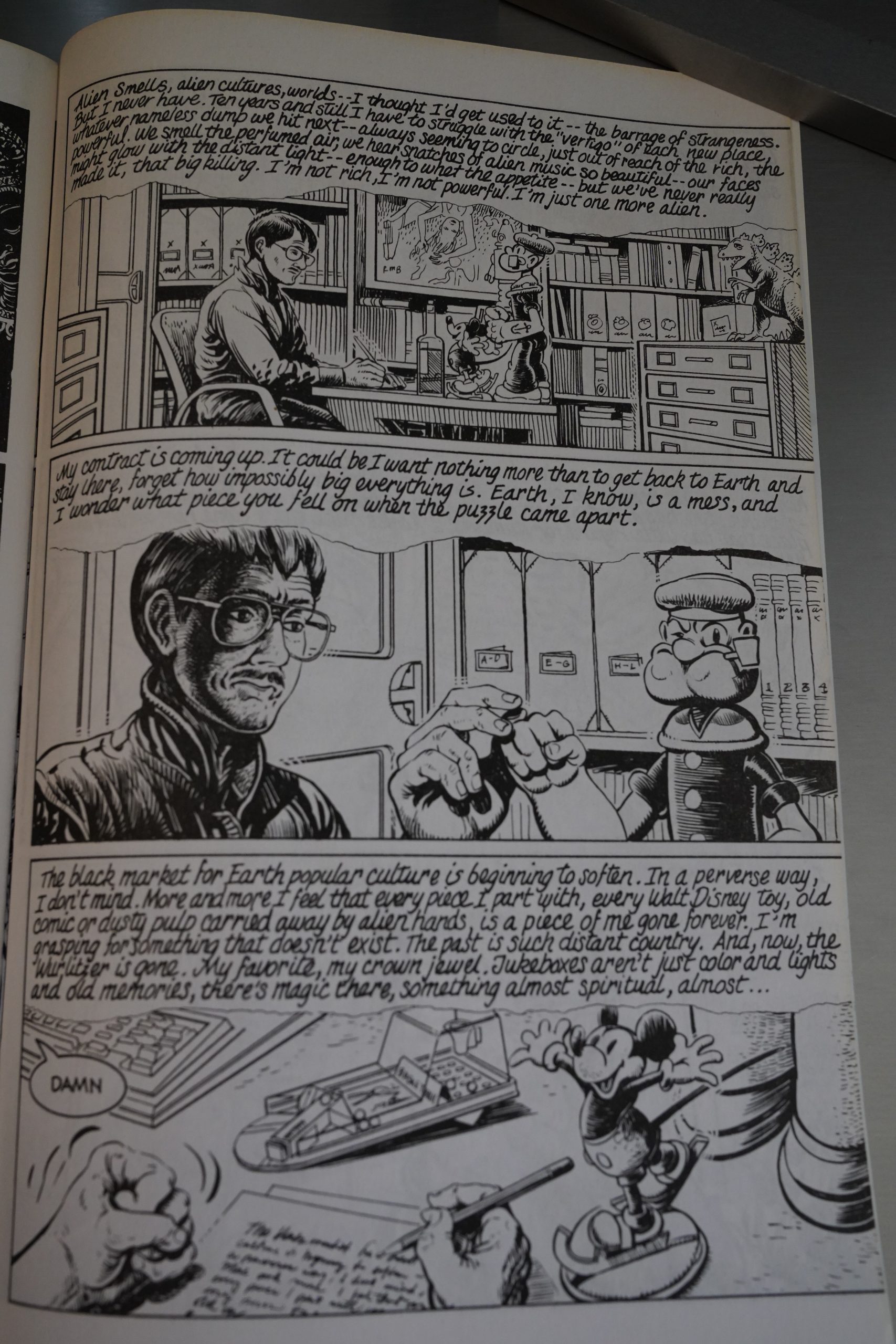
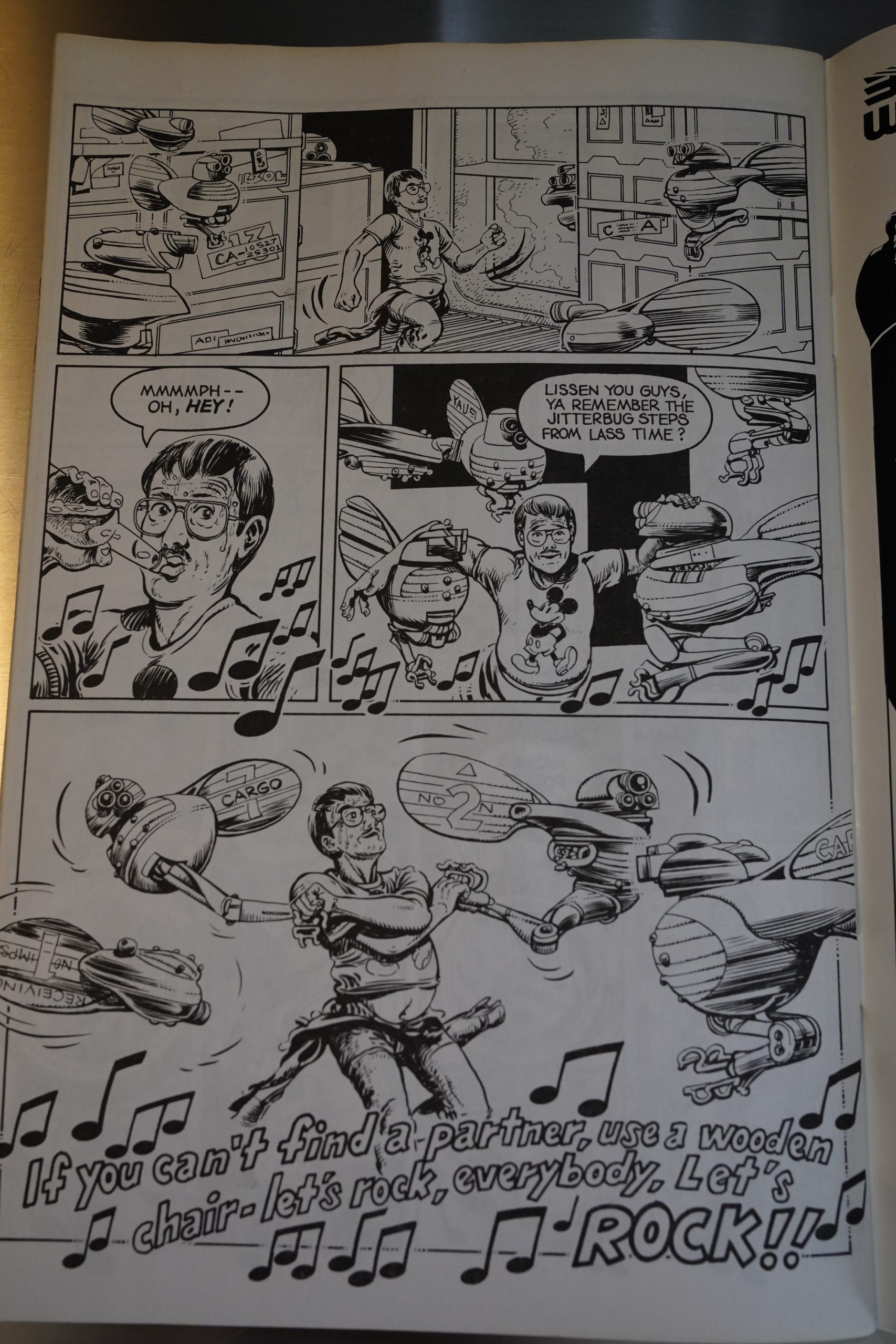
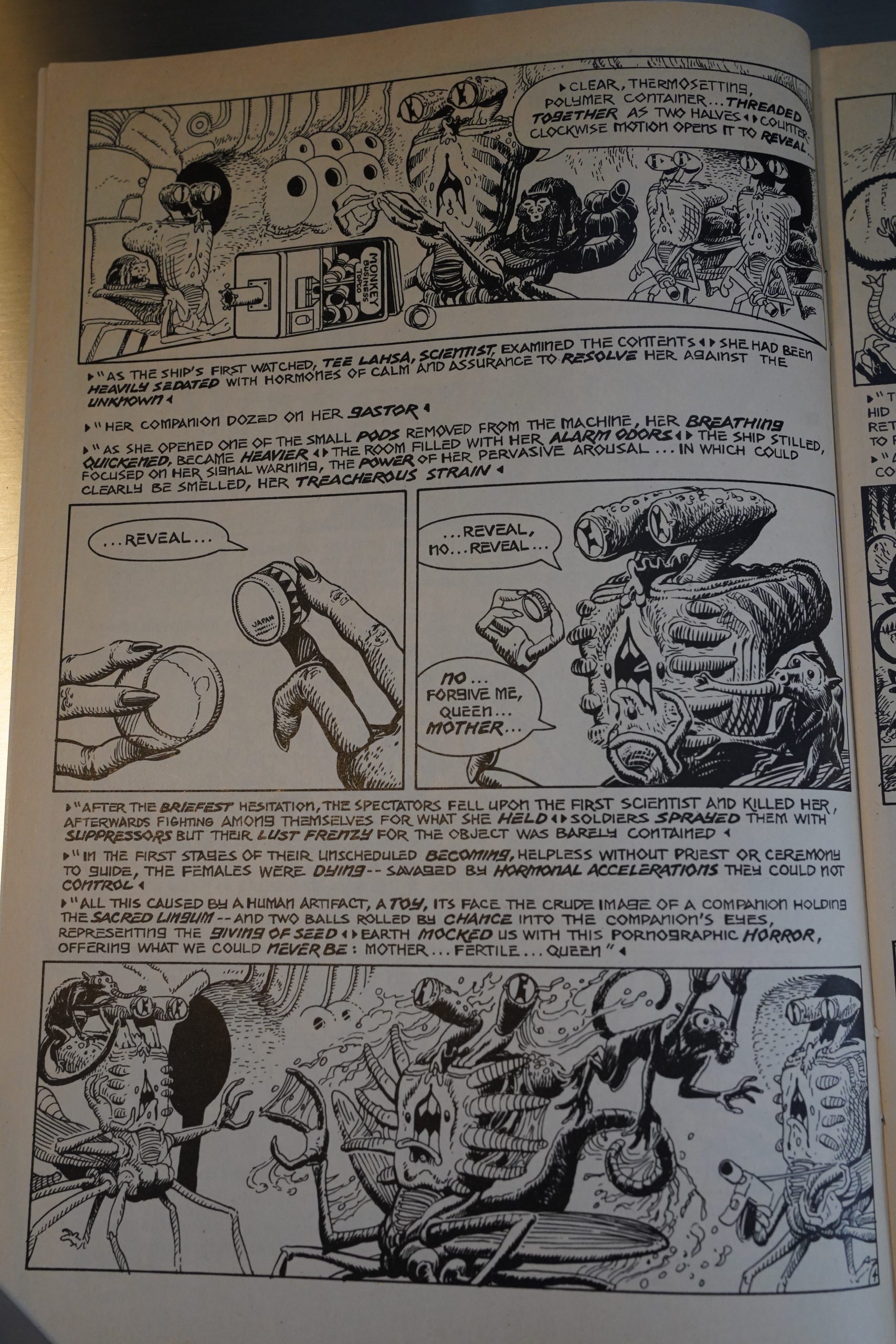
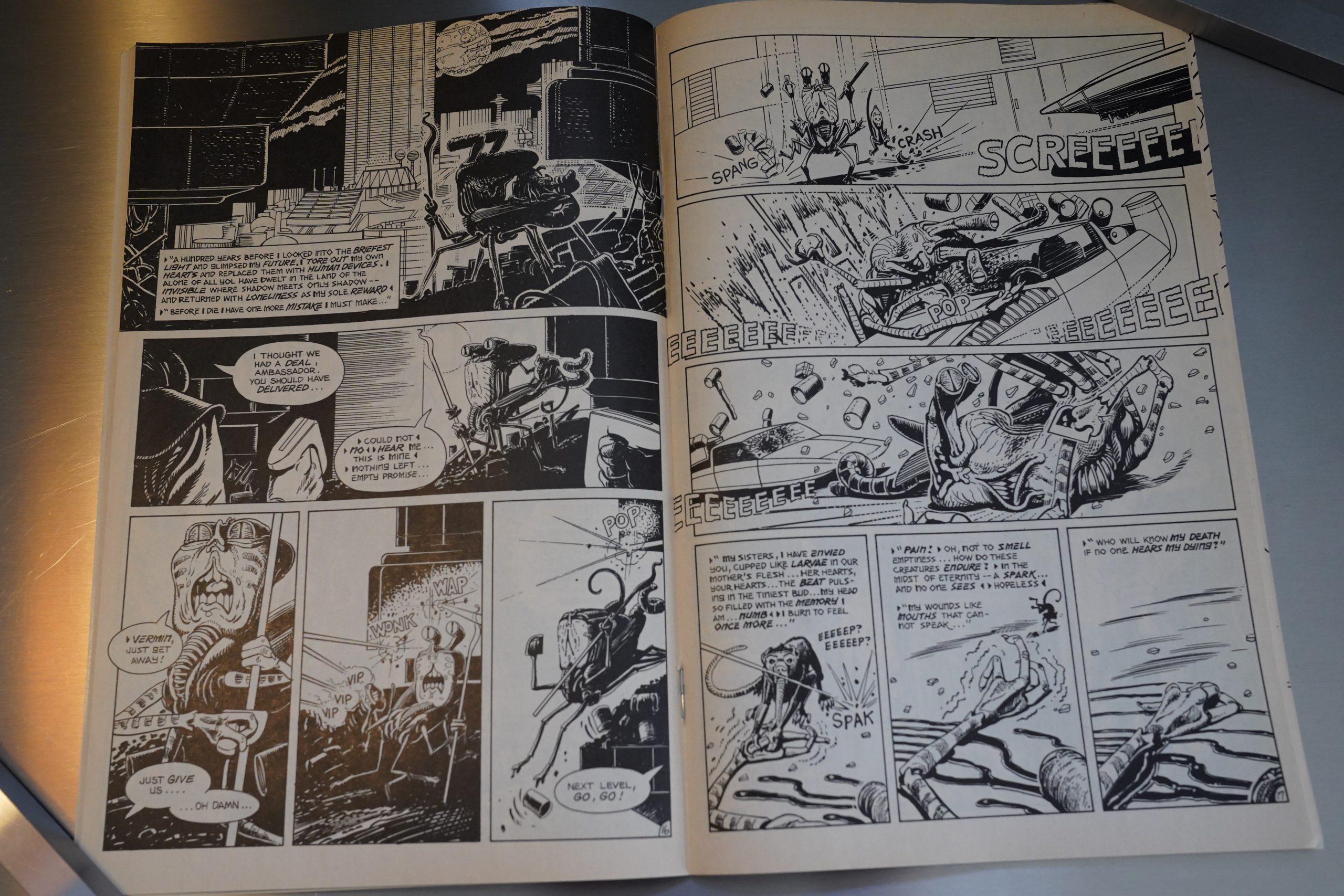
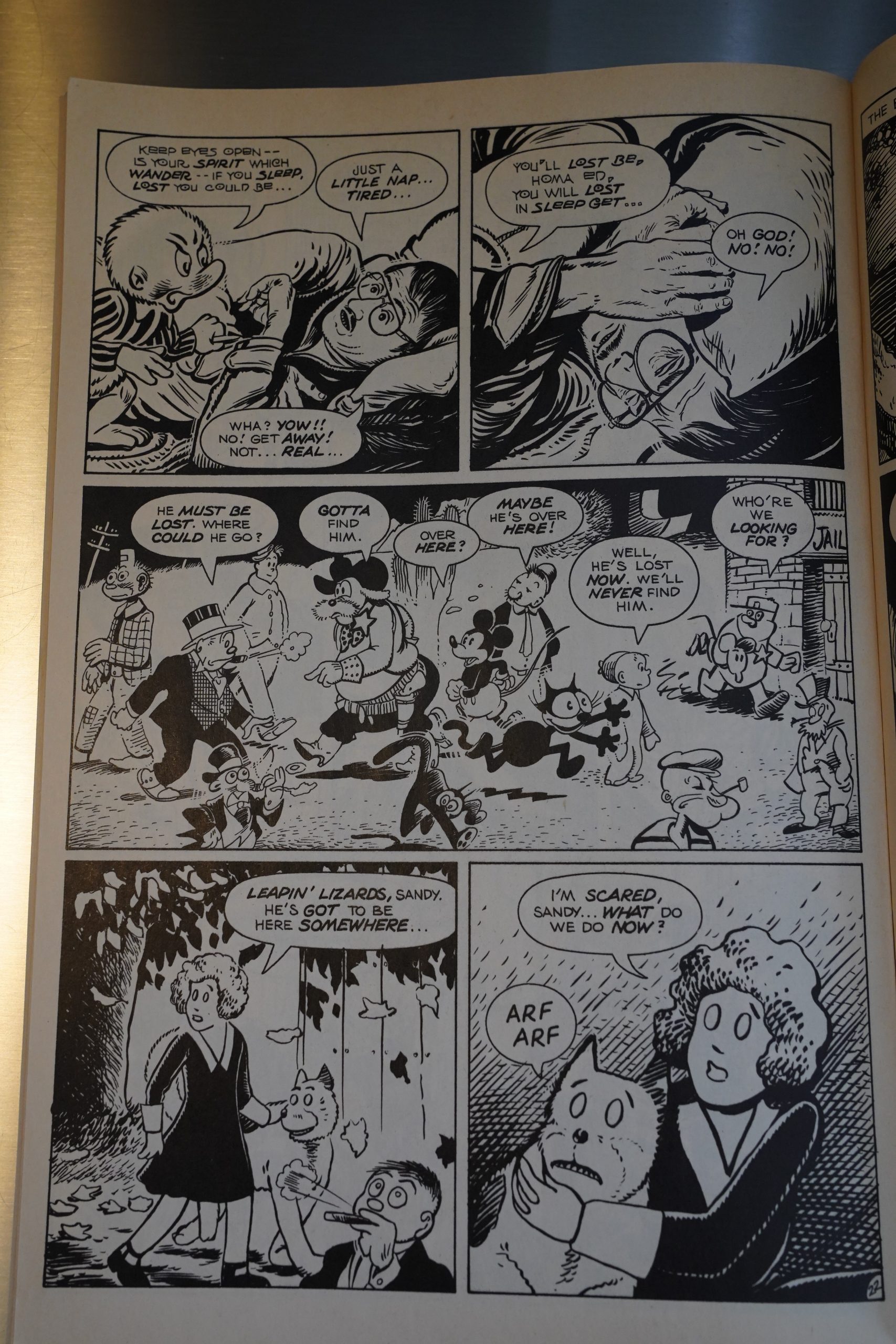
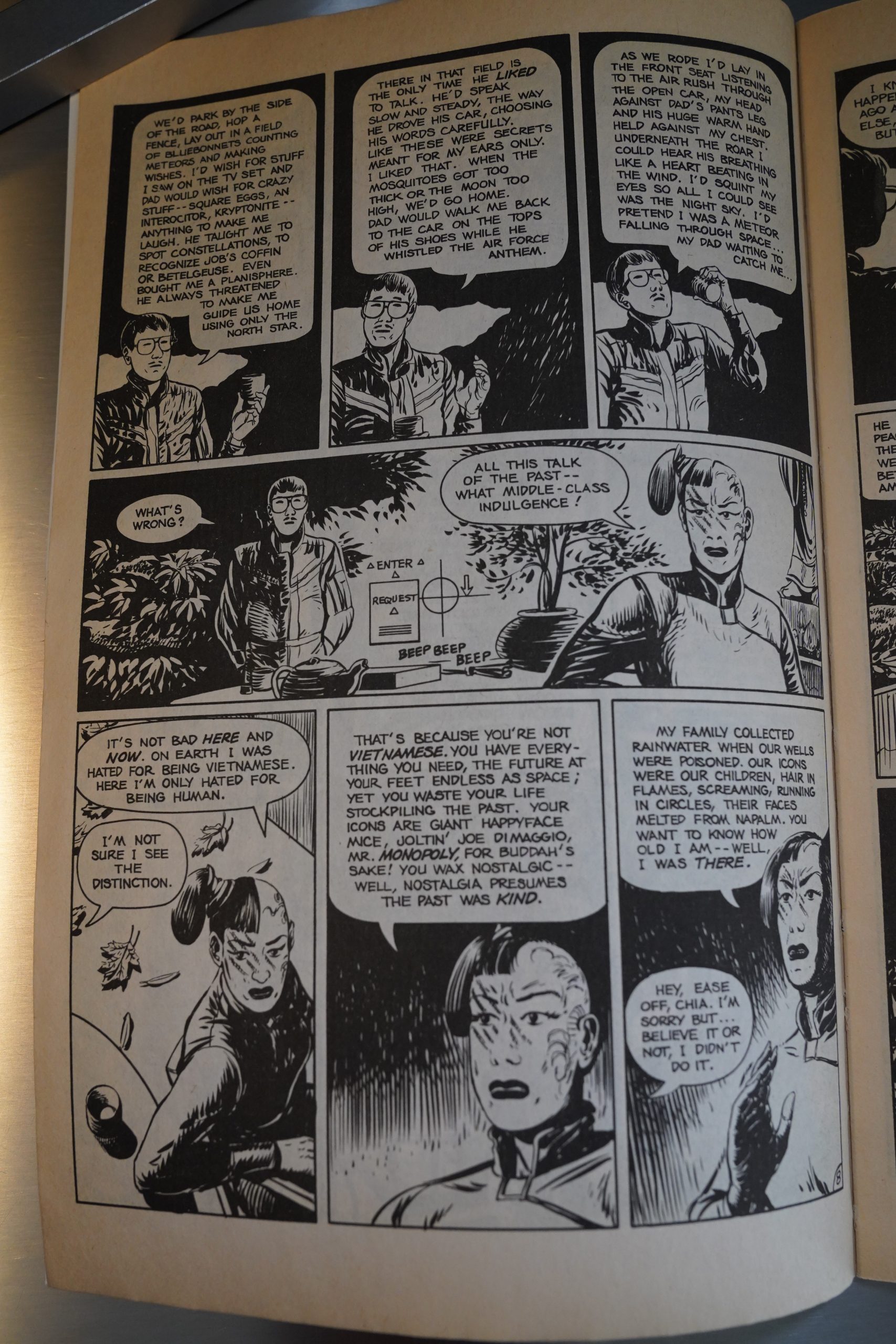
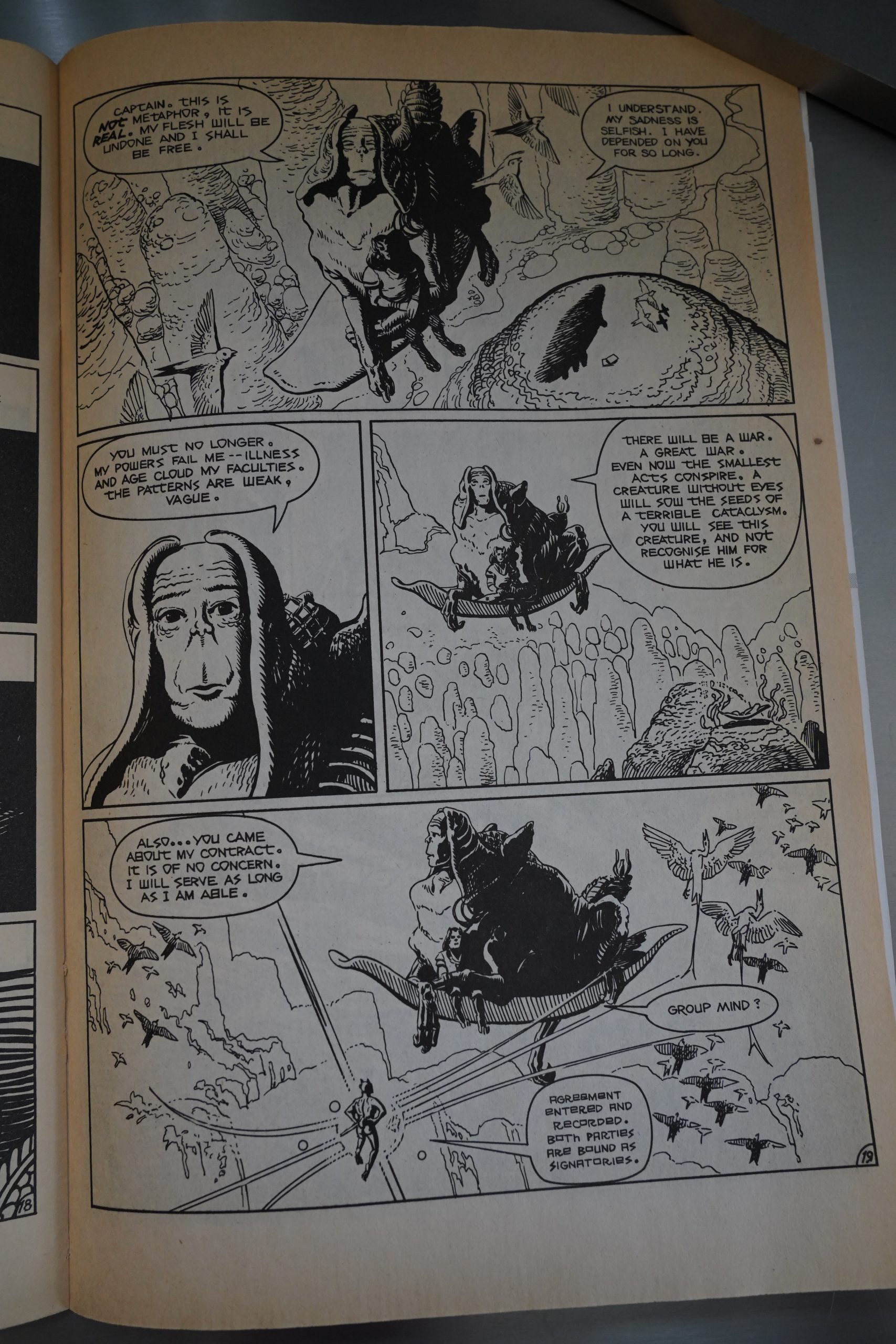
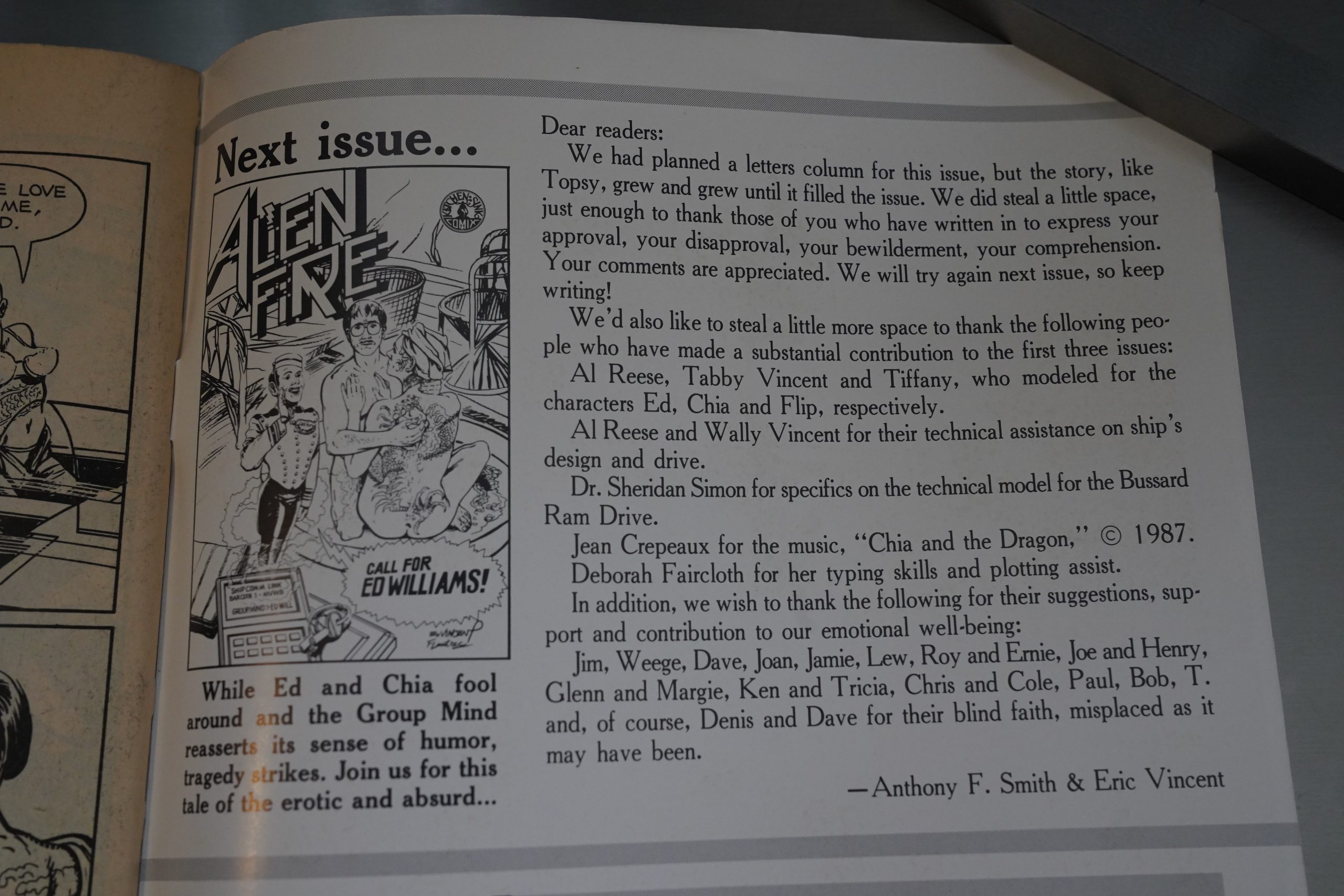
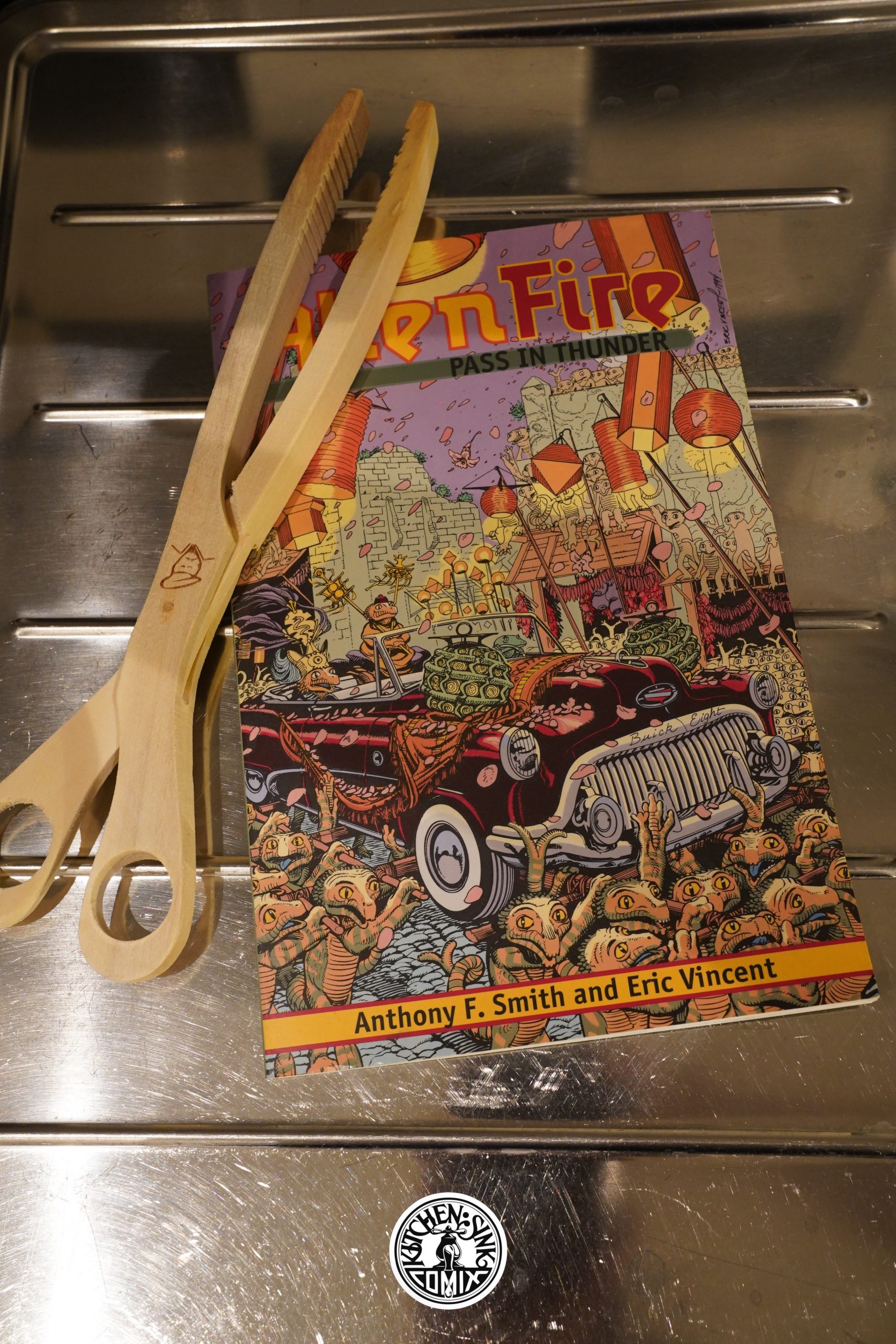
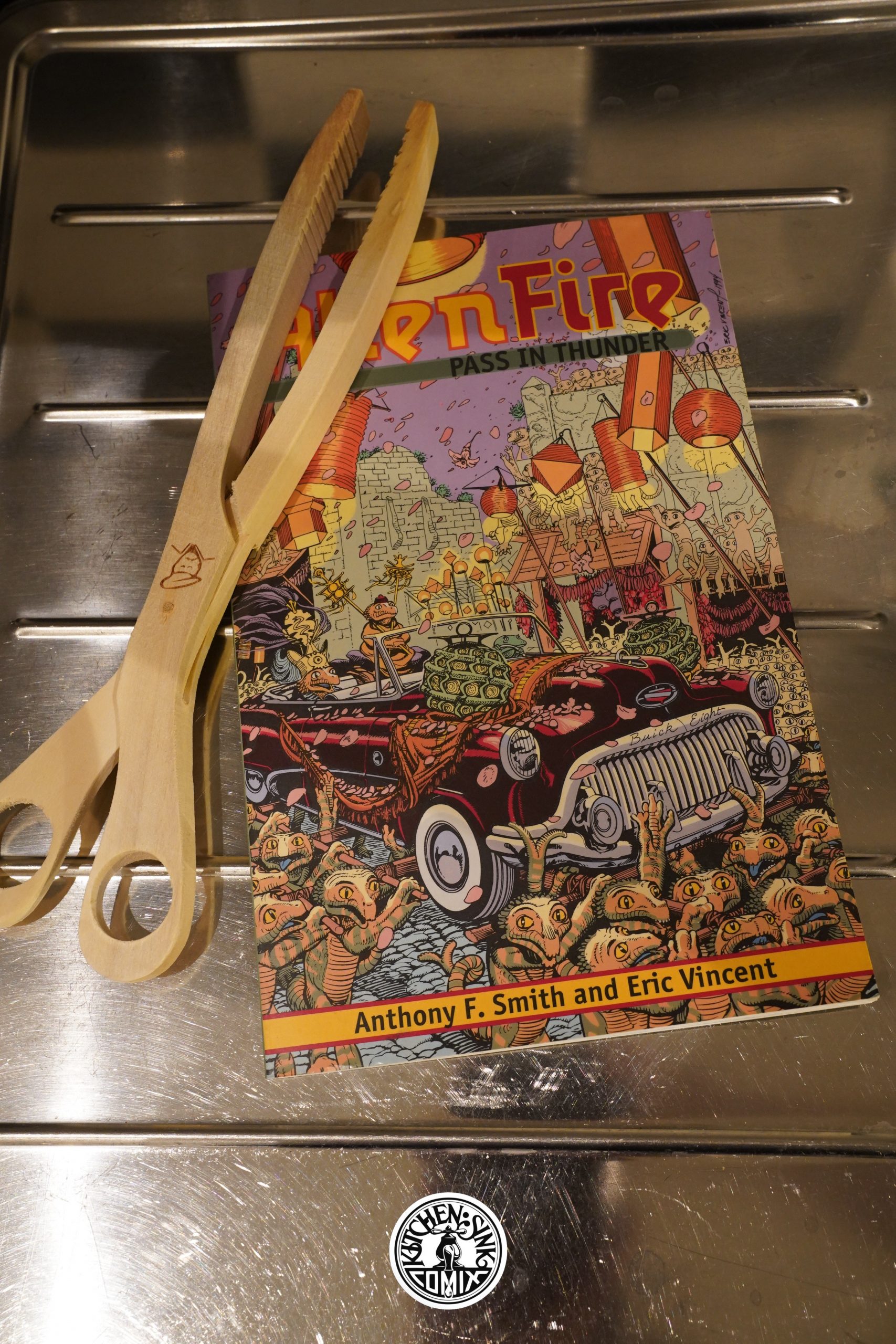

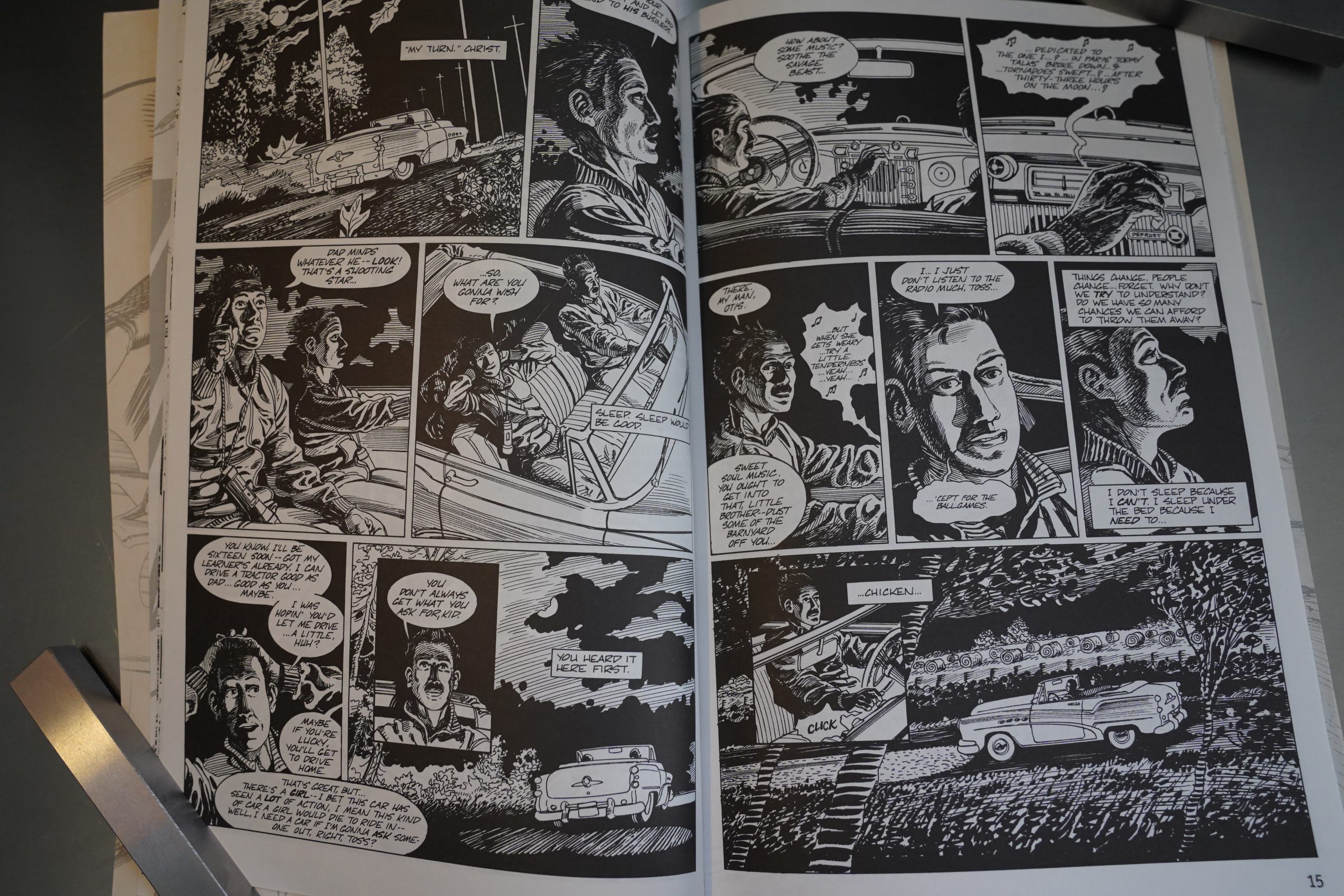
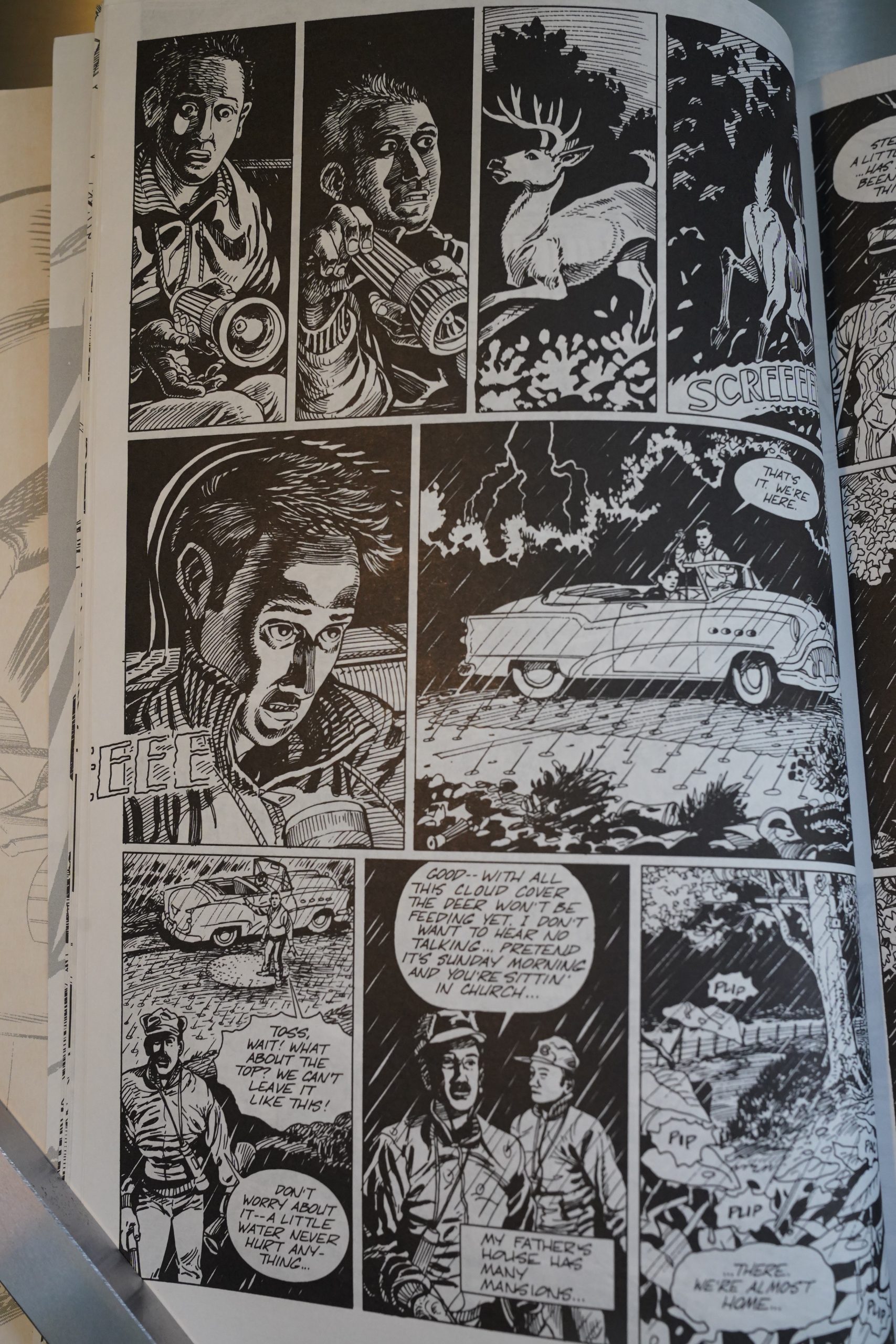
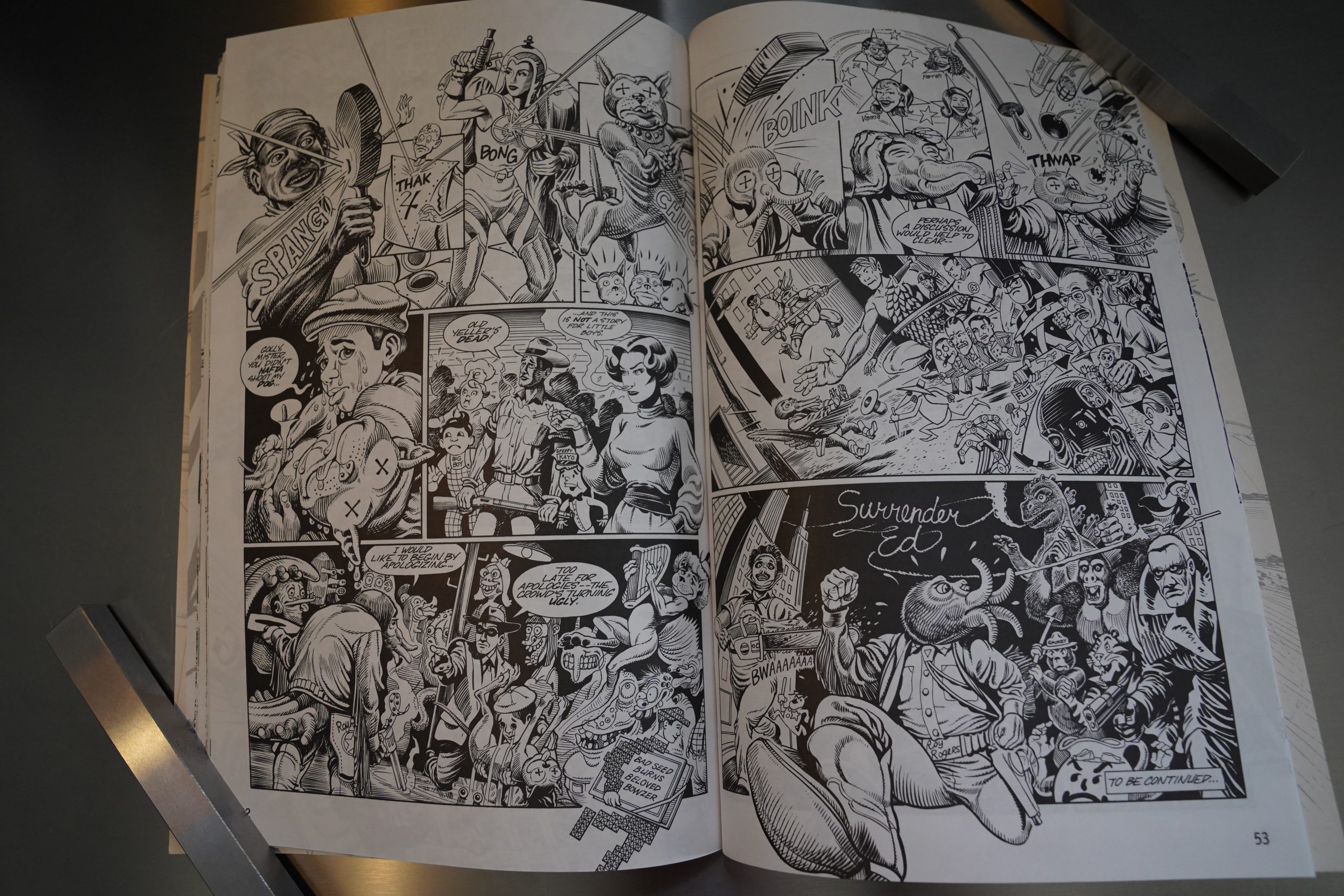

Was sorting through a box of old stuff & found three Alien Fire comics & thought “Oh, maybe I should complete this series as the premise is genuinely innovative.”
A search brought me to your page and now I know the story was never completed. Damn. At least you saved me from buying the (expensive) graphic novel that does not in fact finish the story, so thanks for that 😀